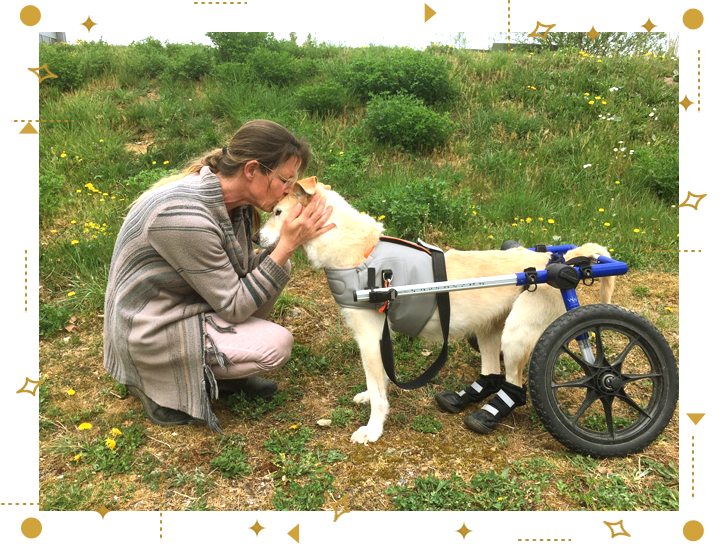
DOG PSYCHOLOGY / DOG TRAINING & CONSULTING
Glad to have you here!

Dog Human Walk
Supports you to build a friendship of trust, love and respect with your dog! Do you know your and your dog’s strengths? 08/15 training is not for individual personalities 🙂Learn more
about training offers
Courses, Advantages & Priceskontakt@dog-human-walk.com mobile/Whatsapp:
+49 (0)171.199 41 67
phone:
+49 (0)6565.95 66 98 3
7 days / 24h
Because he is an animal and not a human being?
Thank God, in this day and age, the thinking in dog training is undergoing a massive change and is increasingly going a different way! Every dog owner who still sticks to the old training methods, who follows the book written years ago,
does not know what joys he is missing with his dog. Living together with a dog can be so simple and beautiful!!!
If the focus of dog training is only to train a dog to behave like a circus animal, you will never have a free and happy dog.
I always keep my expertise up to date with the latest scientific findings. The exchange of experiences with other professional animal psychologists, behavior consultants and dog trainers brings flexibility. There is no universal or blanket concept for redirecting undesirable behavior into desirable behavior. The relationship of trust is so important, and we have to work at it with our dogs.
Humans want to be able to trust their dog; the other way around, it’s just as important that the dog knows he can rely on his human and feel safe with him.
Be the best friend and companion for your dog with the awareness and loving attentiveness your dog needs!
Animal psychology looks at many situations from the dog’s point of view. This includes his environment, his people, and the way he interacts with the dog. A behavior we see is in itself only a symptom. The cause of a particular behavior is often hidden, and this is what we need to find out.
We can train a behavior to the dog: The job of a dog trainer who explains how to practice sit, stay, etc. with your dog. But what we can’t train (away) are emotions and the resulting behaviors! A behavior can be made worse by a wrong training method! If the cause of a behavior is not clarified, dog owners should seek professional support from animal psychology / behavioral counseling.
Learn more about your dog’s development and new learning & training methods. With an animal psychologist / behavior consultant you are in the right hands! With the right knowledge, you prevent behavioral problems and problems in the coexistence!

I take away many experiences and insights with dogs when I visit people who take care of street dogs abroad. Most of you will know that many of these dogs are traumatized, insecure or very fearful. For every behavior shown there is a reason. And to find out this reason and to make the situation better for human and dog, that is my job.
It leads each dog-human team through
a well-established relationship of trust to success.


Communication
starts from the moment
you can read his body language and
respond to it in such a way
in such a way that you get a positive
from him.
Feedback that clearly shows
that your dog feels comfortable and safe
feels comfortable and safe with you.
And this without a behavior,
that you had to train him to do.
Tatjana Schröder


A RESPECTFUL & TRUSTFUL
WITH YOU AND YOUR DOG
IS VERY CLOSE TO MY HEART.
The joint training should be fun for everyone!
wishes individually and help you in problematic situations
and with dog training.
7 days / 24 hours
helpfully at your side.
Whenever you need my support
you can write me via WhatsApp or call me.
Every implementation of changes in the dog’s behavior (also the human’s) needs time and habituation. I will not leave you alone and will also be there for you when quick action is necessary. You can reach me 7-days a week by email, WhatsApp, cell phone or landline.
In my courses you will also get answers to questions such as dog training in general, dog psychology, dog behavior, dog behavior disorders, puppy training & development, effect of body language of humans and dogs, dog communication, aggression behavior in dogs, individual training, group training, dogs from animal welfare, environmental training, dogs and children, separation anxiety, destruction, dog training from puppy age … and also an important topic: The right nutrition of our dogs. Only a healthy body is resilient.

Get advice if you want to take in a dog from a shelter or get the first equipment for your pelt-nose. Whether a puppy or an adult dog moves in with you; the very first moments will determine whether or not you have a good start together.
Do you have to let your dog go and cross the rain bridge? This is the hardest decision for all of us. A sad period of time; after all, the dog is also a family member that we always want to have by our side. After all, there are usually many years that you have spent together and experienced a lot together. I would like to accompany you on this last common way.
Please contact me and let me know what I may support you and your dog with.
I am looking forward to meeting you!
mobile/Whatsapp: +49 (0)171.199 41 67
phone: +49 (0)6565.95 66 98 3
Topics that concern dog owners
Dog behavior
to understand your dog better
and in the appropriate situations
correctly and in time.
Who believes that a dog can only sleep, eat and bark,
has not yet recognized the entire repertoire of a dog.
Whoever has integrated a dog into his family should take the time several times to simply observe his dog.
And if possible, do this in a wide variety of situations. As different the situations and the environment are,
so different are the expressions and behaviors of a dog.
But what exactly is behavior?
In principle, everything that is useful for communication belongs to behavior.
Even when we think, that is behavior. Did you know that plants also “behave” 🙂 .
NOT ALL DOGS ARE THE SAME!
Get to know and understand your dog. Only those who can get involved with their dog,
will achieve trust and the behavior he wants from his dog.
To see more information just click on the topic below, about which you would like to learn more.

A dog does not have to become insecure or fearful only after a traumatic experience. Most dog owners do not know that after the puppy period follows a phase in which young dogs are less curious, but more cautious.
Normal, because nature brings it with itself that a growing animal must also learn to recognize dangers. Not only the time of puberty
makes a young dog forget what he has learned, but also his normal development. To put more pressure on your young dog now would be fatal,
would be fatal, because what he needs now is your support and no stress!
Traumatic experiences: It only takes one negative experience to traumatize a dog. Most dog owners are not even aware of this!
Often, we even encourage fear and insecurity through our own behavior. Do you have an insecure or very fearful dog,
who has perhaps already snapped or even bitten? Please NEVER lose confidence in your dog! Now it is important to find the cause with professional support and be there for your dog.

Offensive barking, jumping into the leash, attacking other dogs and people, snapping or even biting – the whole dog is just under power and unresponsive! The dog is described and labeled as aggressive and even vicious.
Have you ever thought about what the word “aggression” actually means? After all, it comes more from the world of humans than from the animal kingdom. In rhetoric, the word is a “negative word” and tends to refer to deliberate bad behavior emanating from a person. Arguably, this includes inflicting injury, whether verbal or physical. We humans can consciously control this behavior, but can dogs? Personally, I find this designation in connection with the dog very unfortunate, means the behavior but simply “only”: MORE DISTANCE to the stimulus source. No dog decides from now on to show defensive behavior to such an extent. There was a time in his past when the process for this defensive behavior began, which we as dog owners overlooked and did not notice! When we understand and comprehend where the origin of this defensive behavior lies, what exactly is causing this behavior, we can work with the dog on a new behavior.
Again, NEVER lose trust in your dog.
If you don’t trust your dog, he can’t trust you either!
Strictness and violence has never led to a solution!
If you have lost trust in your dog, you have abandoned him and have already given up.

Unwanted behavior & behavioral problems
Unwanted behavior or behavior conspicuousness defines pretty much everyone differently. One likes it when a dog goes completely crazy with joy and another is totally distraught when the pelt-nose is hyperactive and can’t seem to settle down. The dog as a constant shadow behind his human or the one that has to eat everything that is lying around. The leash walker that causes shoulder pain, the constant barking that comments on even the smallest movements. Or the one that just won’t listen and does what he wants. … probably more harmless examples, but which can be annoying over time. Some behavior we want and others again not. So it is quite clear to us what needs to change.
Unwanted behavior, which we can eliminate through training and the use of rules,
which are valid for both humans and dogs, into desired behavior.
Unexpected behavior that you wonder about: the dog no longer eats, is not housebroken,
is constantly scratching, seems apathetic, barks more, seems insecure or or or …..
In such cases, you should first have your dog’s health checked by a vet. If everything is in the green area, it is time to look psychologically for the causes. Do not wait too long to seek professional advice. If your four-legged friend is not helped, the behavior can worsen and indeed become a health problem for your dog. What you then treat with medication is only the symptom, but the cause of his problem!
By the way: Inform yourself about how behavioral problems can arise.
Then you can prevent them in your life with your dog!

Every dog owner loves to tell about his dog, and there are also the countless stories about them with joy. Often the descriptions of how the dog reacted or behaved in situations are missing. We perceive the movements and facial expressions of our dogs quite consciously and pass them on in our stories. Humans can do this really well, but there is much more that we can observe and interpret in our dogs. Even when he sleeps, he reveals to us how his day has been.
The dog also expresses himself through his behavior and communicates with his environment by means of his body language, his behavior, his sounds (barking, growling, whining, howling, etc.) and his facial expression.
“Undesirable behavior” we try to stop by training or correction, but it tends to get worse instead of better or another behavior occurs. Why? Because we don’t interpret the dog’s communication to us correctly.
Before you try to train your dog to stop growling or barking, always look for a reason for the unwanted behavior. Don’t push your dog to sit when he doesn’t want to sit; there may be a reason for his reluctance.
Just imagine the following situation: You’re stressed out for whatever reason, or completely preoccupied.
Someone comes and demands that you remain calm and sit down. If your stress level is very high, you will probably hardly be able to sit down calmly on the chair. There are people who can calm down better if they keep moving.
It’s the same with dogs! Depending on the dog’s idiosyncrasy, he may not be able to sit down right now, but will feel safer if he is allowed to stay standing next to you!
Misunderstandings can be the beginning of future problems.
Therefore, be aware of your dog’s communication with you and question his behavior first,
before you answer your dog with strictness or pressure.

Are there golden rules for the proper upbringing of a dog?
How many dog owners have searched for the golden rules of success-bringing dog training? The shelf is full of specialized literature, changing dog trainers and yet they have not found the recipe that they can apply to their dog, for example, to get the constant jumping, barking or leash aggression under control. Therefore, the question arises whether there are generally valid rules to prevent undesirable behavior from the beginning or to correct existing ones through general training.
Quite sweepingly can be said probably generally:
If the dog is balanced and lives in harmony with its environment, he will not show any undesirable behavior. Quite simple.
🙂 Well said; and how can this be corrected?
Well said; and how can this be implemented?

PUPPIES NEED TO LEARN RULES – BUT SO DO HUMANS!
If you have chosen a puppy, every day will be exciting for you and filled with many new challenges. This little ball of fur will investigate everything with its big curious eyes and clumsily make its explorations. There’s just something cute about this furball.
Keep in mind that puppies need to learn rules! BUT … certain RULES apply to you too!
Remember, we can’t expect a puppy to behave like an adult dog from the start, one that has already learned a few things. You have taken a “baby”, a “toddler” into your care, to whom you must show and explain the world in small steps. Focus first on a good and positive trust relationship and on an optimal socialization!
Like any other dog, your puppy will learn sit, down and stay by itself. Try in the first weeks to promote the closeness to your dog, instead of constantly pointing him to his place or sorting him away by any commands and “no’s”! Especially in the first few weeks, it’s so important that you get to know and trust each other. Let him be a part of your life and integrate him into your daily routines! This is much more important than being able to “stay on the blanket”.
If you attend a puppy group, make sure you have certain criteria in place so that things don’t go wrong in dog school right from the start.
Don’t leave it up to the trainer alone to decide on the training choice
and stop an exercise immediately if you have a bad feeling about it!
Be patient and loving – the puppy mom would be too!
Dog Psychology
DOG TRAINING TEACHES THE DOG HOW TO BEHAVE.
DOG PSYCHOLOGY UNDERSTANDS AND CHANGES THE DOG'S BEHAVIOR AND DIRECTS IT IN OTHER WAYS.
Apart from the fact that many aids are wrongly used.
Consider:
As soon as you need an aid,
the communication between you
and your dog is no
longer correct!
The behavioral counseling or the psychology of the dog deals more deeply with the behavior of a dog. Like detective work, as the causes and reasons for a shown behavior are searched, which are not immediately obvious. So also the dog owner and also the environment is much more involved in this work, because most of the causes have their origin here. Sometimes it needs only small change to achieve a large effect.
In order to be able to work with dog and human without pressure or stress, I offer individual sessions. This eliminates group pressure and leaves much more time to address questions.
Visits to your location are a matter of course for me.
Perhaps we behavior consultants are the “softies” among trainers. But experience shows that people and animals learn better when they are relaxed and having fun, and a good relationship of trust between a human-dog team and the consultant is a prerequisite for optimal consultation and implementation. This leads to better and faster training successes are achieved, which are more long-term.
After the first consultation, which in our experience takes about 1.5 to 2 hours, you will already receive the first information with which you can start your training. Next, we will put together the training program together, where I will guide you step by step at your desired pace. I make sure that your dog can follow the pace as well, because the whole team has to feel comfortable.
Open 24/7 / Emergency service
Flexible training times daily between 8:00 and 21:00, “round the clock support” via WhatsApp,
email and phone … AND children are welcome at the trainings!!!

Therapeutic Fun Yard
THE DOG TRAINING THAT STIMULATES ALL SENSES.
BASIC COMMANDS AND LEASH HANDLING
Unique – The other kind of training
Suitable for all dogs.
Therapeutic:
Stands for the psychologically changed way of looking at yourself and how you interact with your dog; by combining exercises from neuroscience, bodywork, physical therapy, dog training and wellness, understand your own dog’s body language and optimize communication.
Fun:
Feeling fun and joy while
training and learning.
Yard:
The place for socializing, relaxation and well-being.
is the first dog school in the area of Bitburg and Trier, whose training methods are designed and composed according to the latest scientific knowledge from sensory integration therapy, technique training, learning science “cognition & leading in balance” of dogs, taking into account the neurophysiology of learning.
Advantage: We can recreate and practice pretty much any situation here.
In rainy weather we don’t get wet, because we can also train in the hall 🙂
Courses & Workshops
The courses & workshops are suitable for all dogs
– learn faster
– reach a higher level of learning
– acquire learning stability
– apply, implement and transfer
what you have learned
and transfer
(ability to act, learning transferability)
– become more capable of learning
(further learning, relearning)
Learning with fun is less stressful in the implementation and is anchors itself in the long term much faster in the brain.
The exercises are a combination of the well-known dog training, sensory integration therapy, technique training, learning science “cognition & leading in balance” of dogs taking into account the neurophysiology of learning. You will find with this type of training that your dog learns much better and with much more joy. Playful, healthy and dog-friendly learning is in the foreground with me!
YOU CAN PAY FEES OF THE INTENSIVE - COURSES & TRAINING CARDS
ALSO WITH
PAYPAL OR Payment by installments
Impressions
Dog training in Dudeldorf industrial area




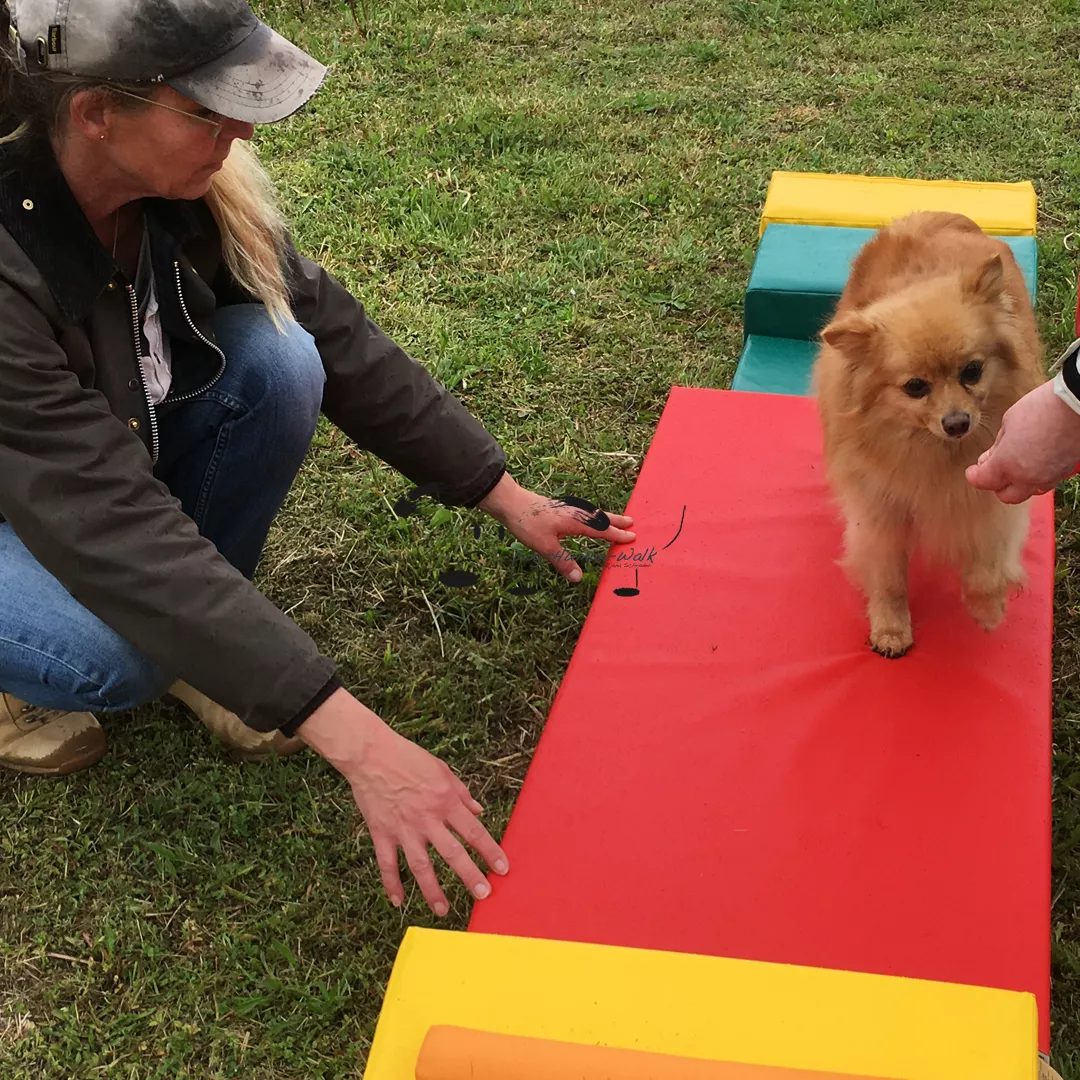






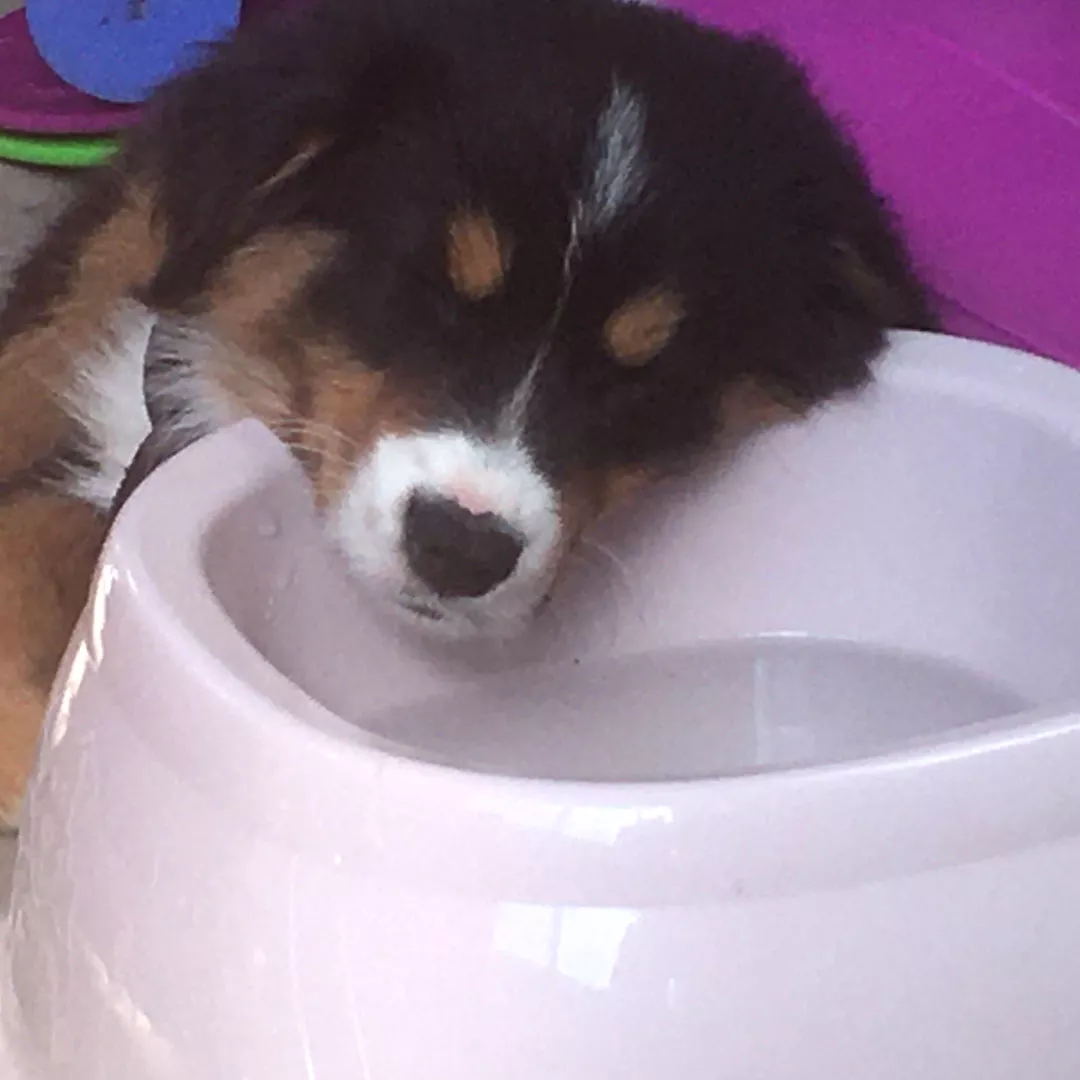

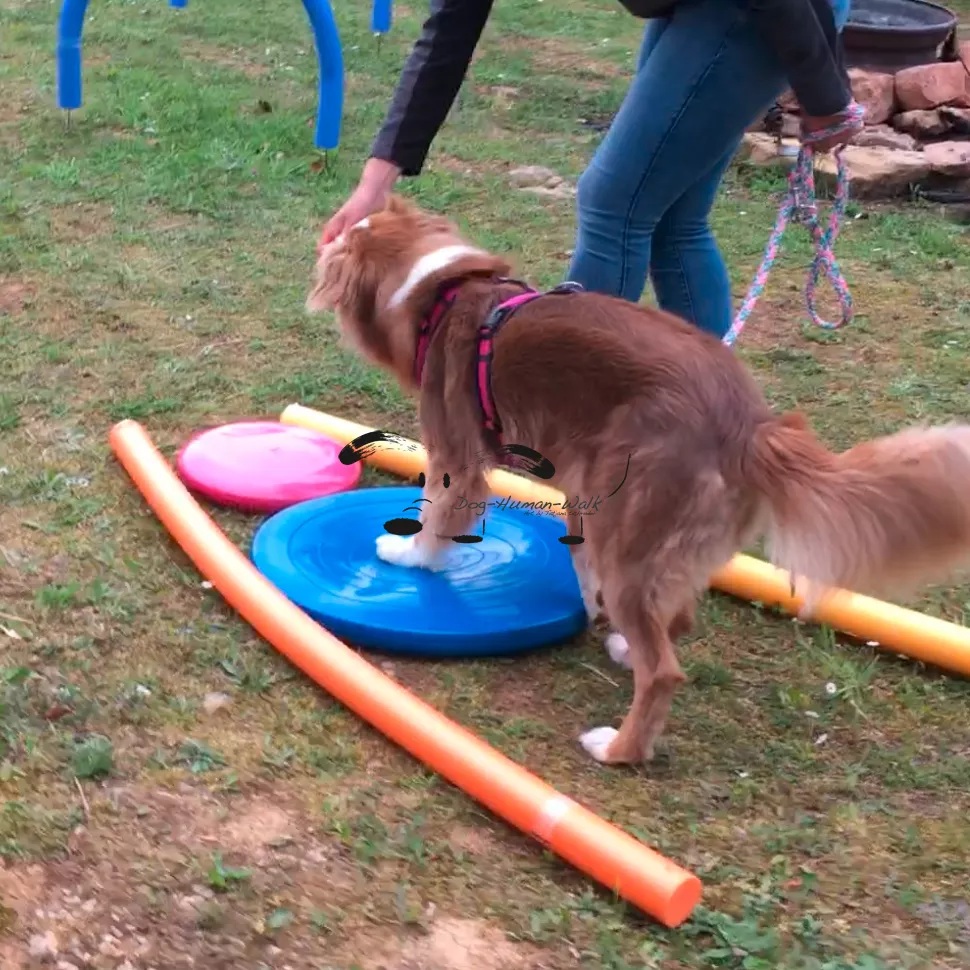





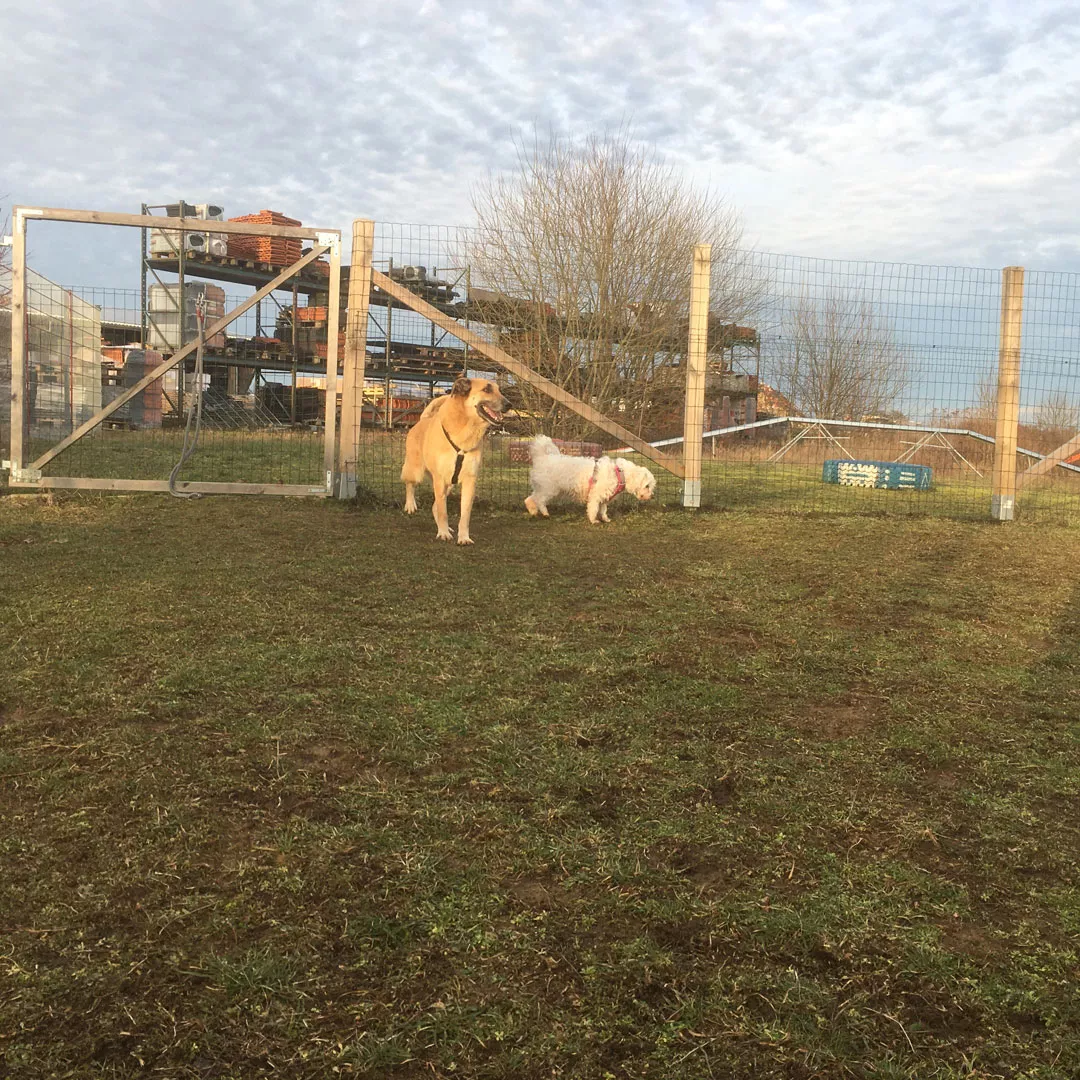






Puppy classes & puppy groups
Train and socialize your puppy in a safe protected environment.
No mass handling! No bullying!
Practice:
– Indoor play-learn room
– fenced free run
– cognitive learning & activation of all senses of the puppy
– Encouragement: curiosity, play behavior and social interaction with conspecifics
– puppy course training
– basic commands
Theory:
– Puppy development to adult dog – Nutrition, health & prophylaxis of behavioral disorders
– structure of exercises and much more – maximum 3 puppies per group
Dates:
on request age: until 16 weeks
Private Training & Intensive Course


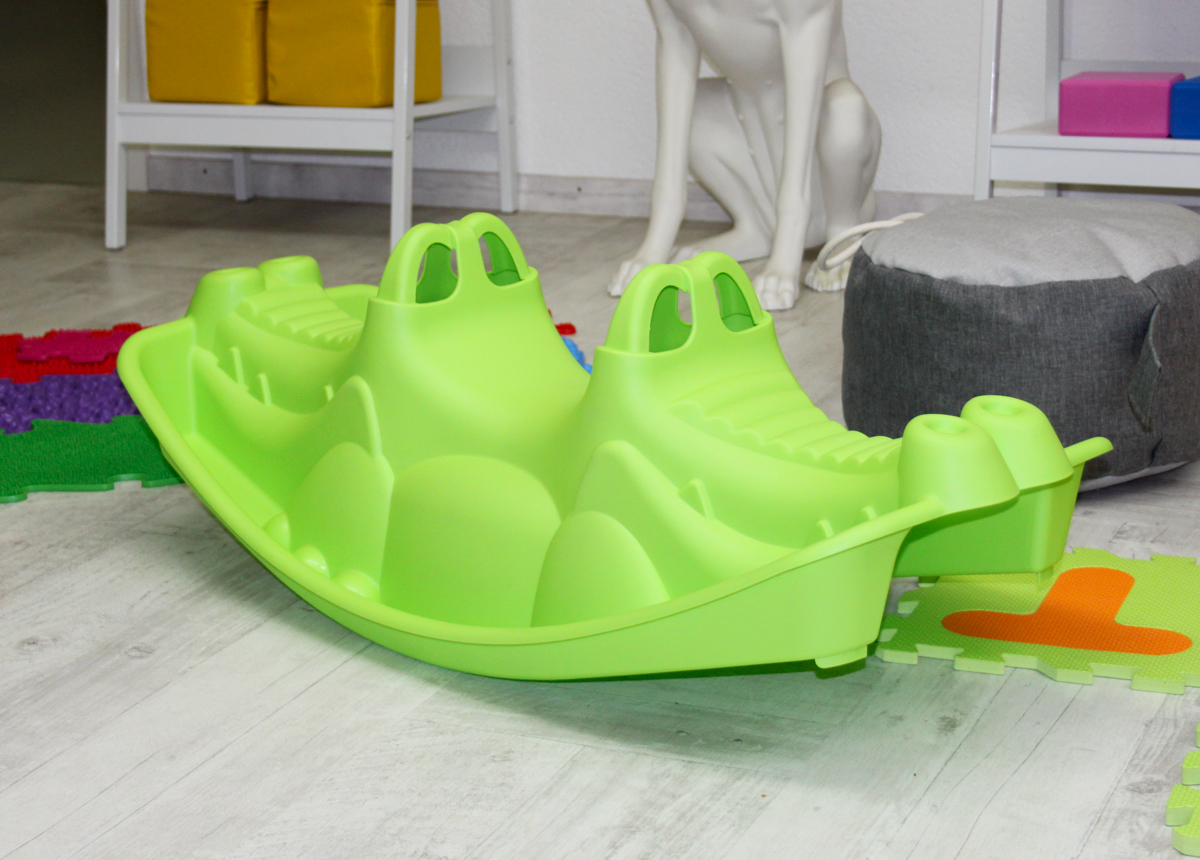




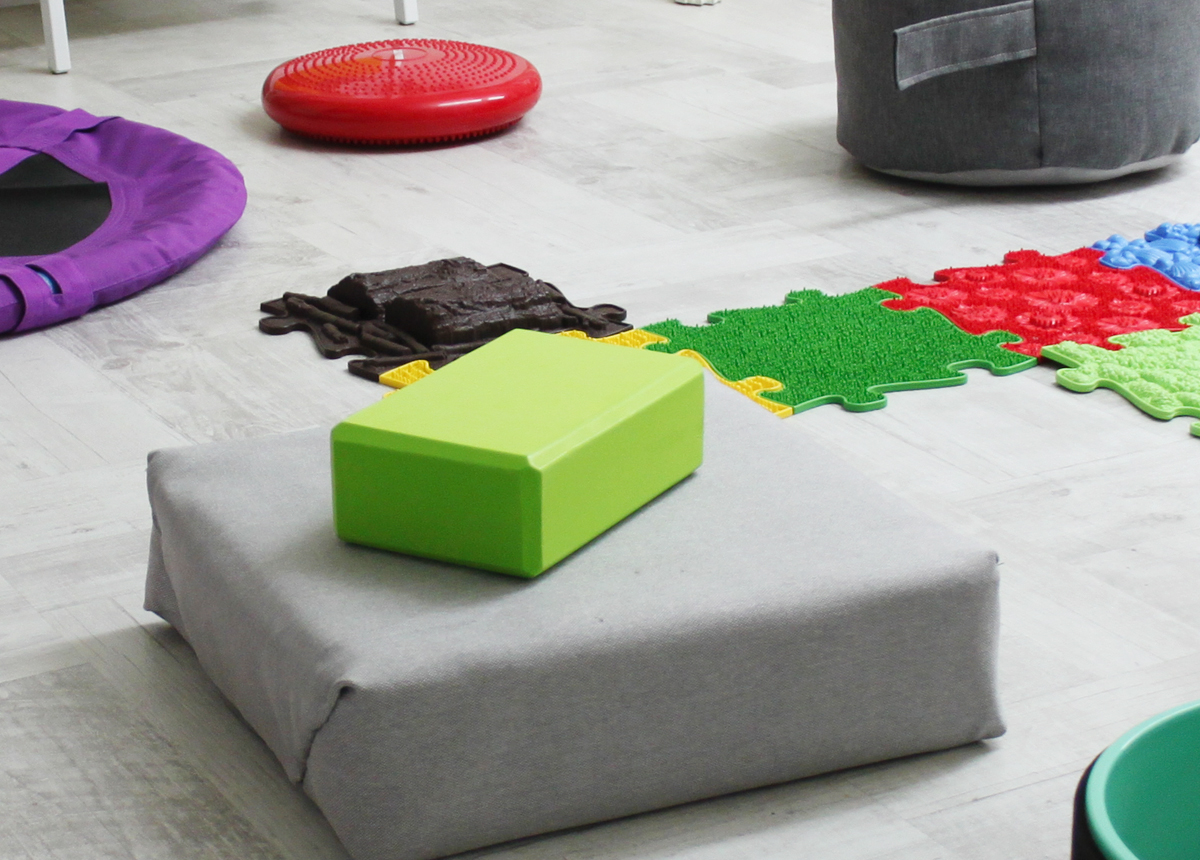










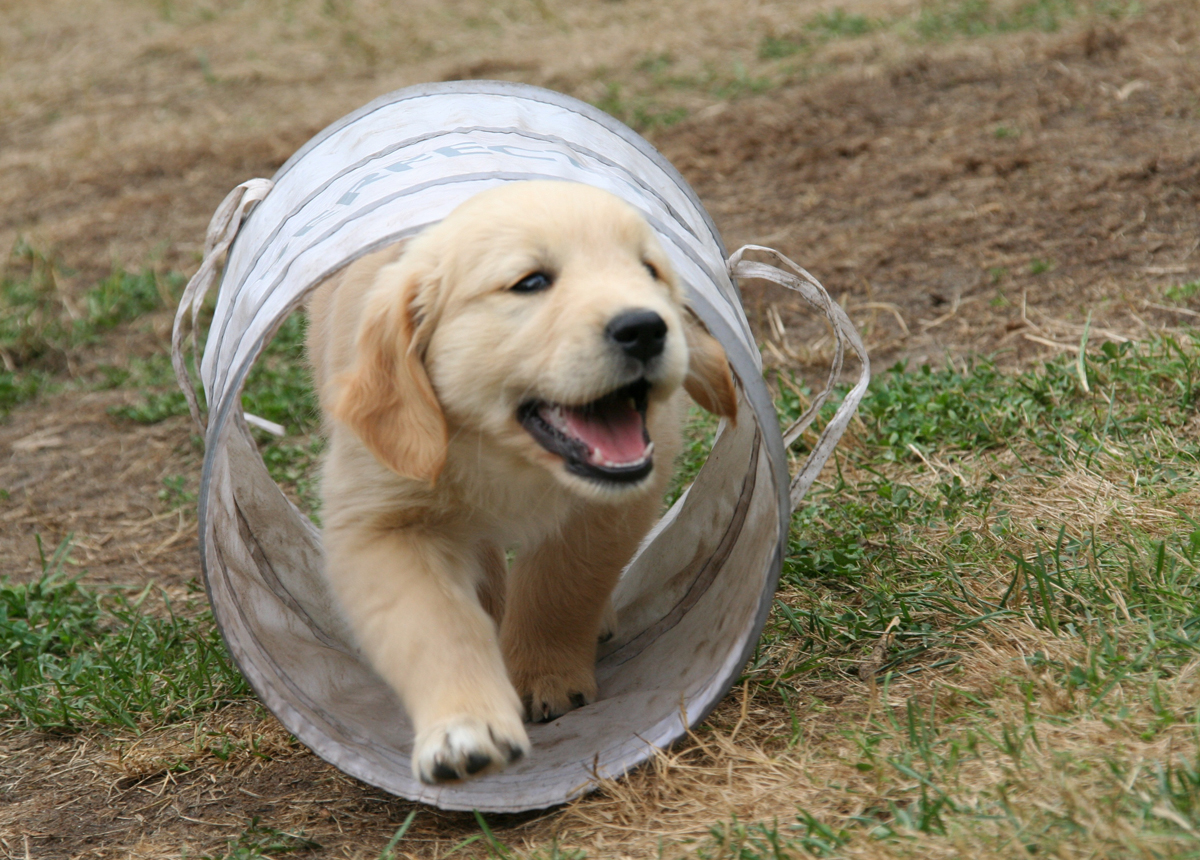





Learn more about
Training offers, new courses & pricesAdvantages, when you train at Dog.Human.Walk.
TRAINING OFFERS
COURSES & PRICES
Training & Advantages
Dog training on 5.000sqm
Walks as well as re-enactment of problem situations
(e.g. walking with a dog on a stroller) can be realized here.
When the weather is nice, a comfortable sitting area provides for a lively exchange of information.
In bad weather, indoor training is also possible.
Learning better means ...
Those who learn better automatically have more fun learning - so do our dogs!!!
reach a higher level (learning level)
acquire in a more stable way (learning stability)
be able to apply, enforce and transfer what has been learned
(ability to act, learning transferability)
become more capable of learning (further learning, relearning)
IN TERMS OF MOTOR SKILLS:
Train perception & awareness
three successive phases are
passed through when learning new movements:
Phase 2: Fine coordination
Phase 3: Stabilization of fine coordination and the variable availability (fine coordination)
During my training your dog learns new movements and sequences of movements.
So that these can consolidate and also be adapted and used by
the dog under changing conditions. the dog needs several repetitions.
Small training groups as well as the exercise structure make this possible.
The motor memory develops a larger program selection.
The dog’s musculoskeletal system is put under healthy strain,
whereby the sense of balance is improved as well as the musculature.
The perception is improved.
Dogs that are only trained monotonously are more insecure, more tense and can less able to communicate with their environment. This means that also dogs with problems – behavioral problems – through my training program are consequently
learn to deal with conflict situations much better. Under varying conditions they move more safely, can process information of external conditions and environmental stimuli much better.
In addition, health problems are eliminated.
Training equipment
The use of the training equipment is always adapted to the training level of the dog-human teams.
Difficulty levels are built up to make learning goals easier to achieve. To that, every visit to my place will always be a little surprise for dogs and humans, as the tasks and challenges vary. So there will be no boredom or routine, and also for the dogs the course will be an exciting discovery tour, which they will explore together with their humans. Playful, healthy and dog-friendly learning is in the foreground!
Very simple play objects (as seen in the picture gallery)
Professional devices from physio / sports therapy and movement education
Professional devices from bodywork & groundwork
and of course nature gives many possibilities
the assortment is constantly extended
Customers about Dog.Human.Walk







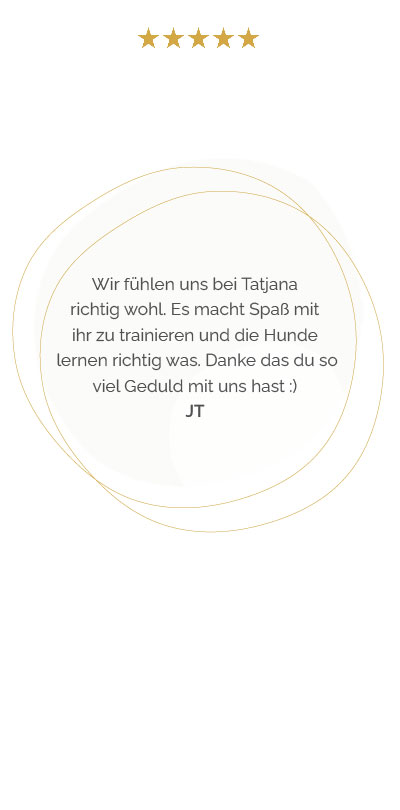

Animal welfare
World of strays
Years of experience in animal welfare
And unfortunately, just at the vacation season, the media warns far too often to get close to them: The animals are aggressive and carriers of dangerous diseases, they say. Even if you don’t want to approach them, you don’t have to look away. Because there are many animal welfare organizations on site, which take care of the animals in need. Because many of these dogs or cats are not only hungry, but may be injured or sick due to an accident or even mistreatment and need urgent medical care. Some years ago I lost my heart to the street dogs and visit Lili, Christel (Sicily) and Maria (Bulgaria) regularly to help and document on site.
The life of these animals on the street is not easy: they live on waste, are disregarded, poisoned, mistreated or brought to so-called shelters, killing stations or reception camps (Canili/Italy), where they often live a miserable existence until their death.
So many wonderful animals are there, which should have a chance for a nice life.
Adopt instead of buy saves lives.
I am happy to answer questions for you if you are interested in this topic and need more information.
You can find more videos on Vimeo.The last time I was in Sicily was in 2020. More documentaries will follow on Vimeo or here on the website.
